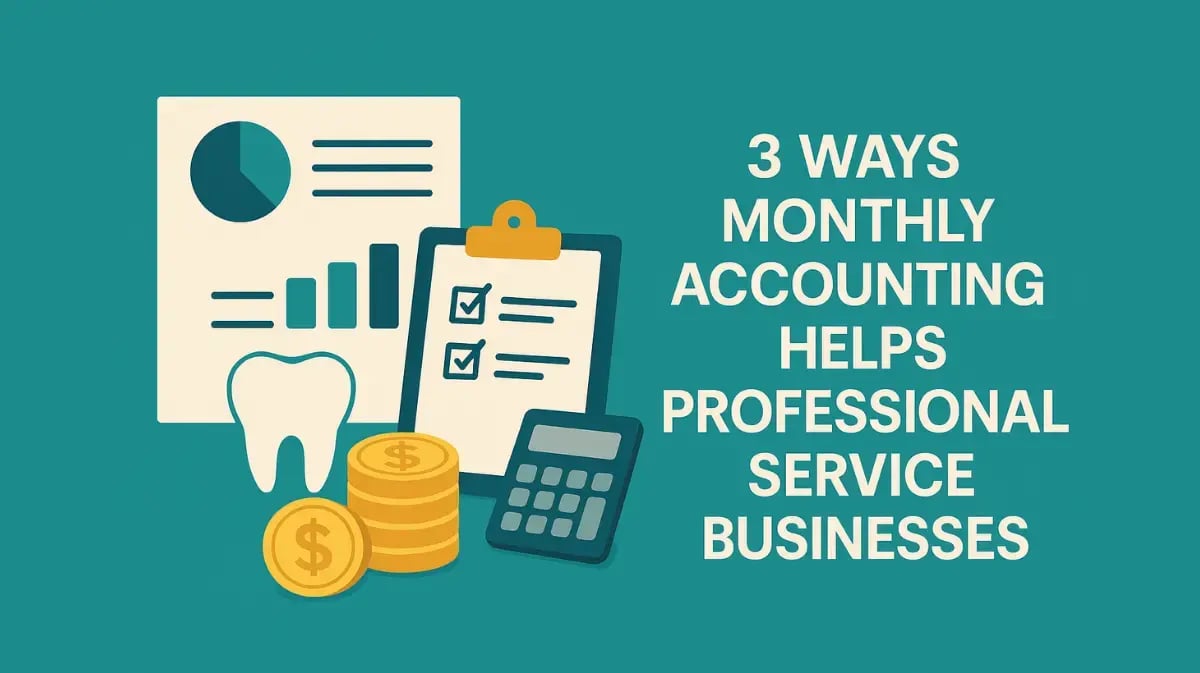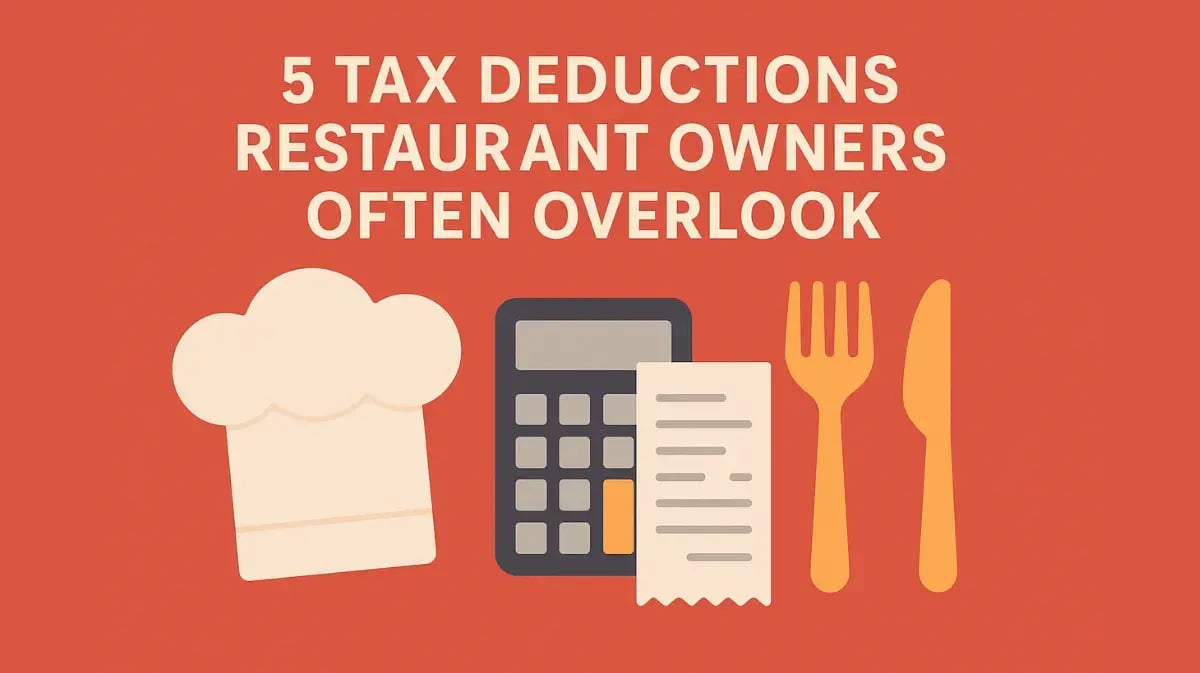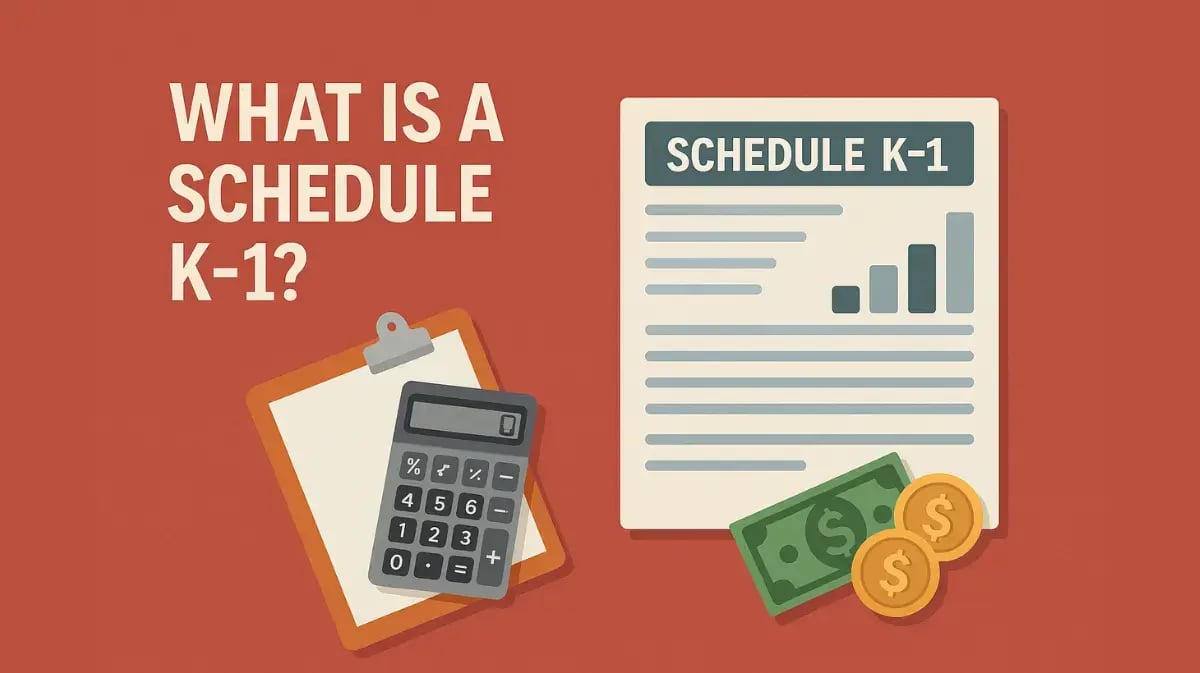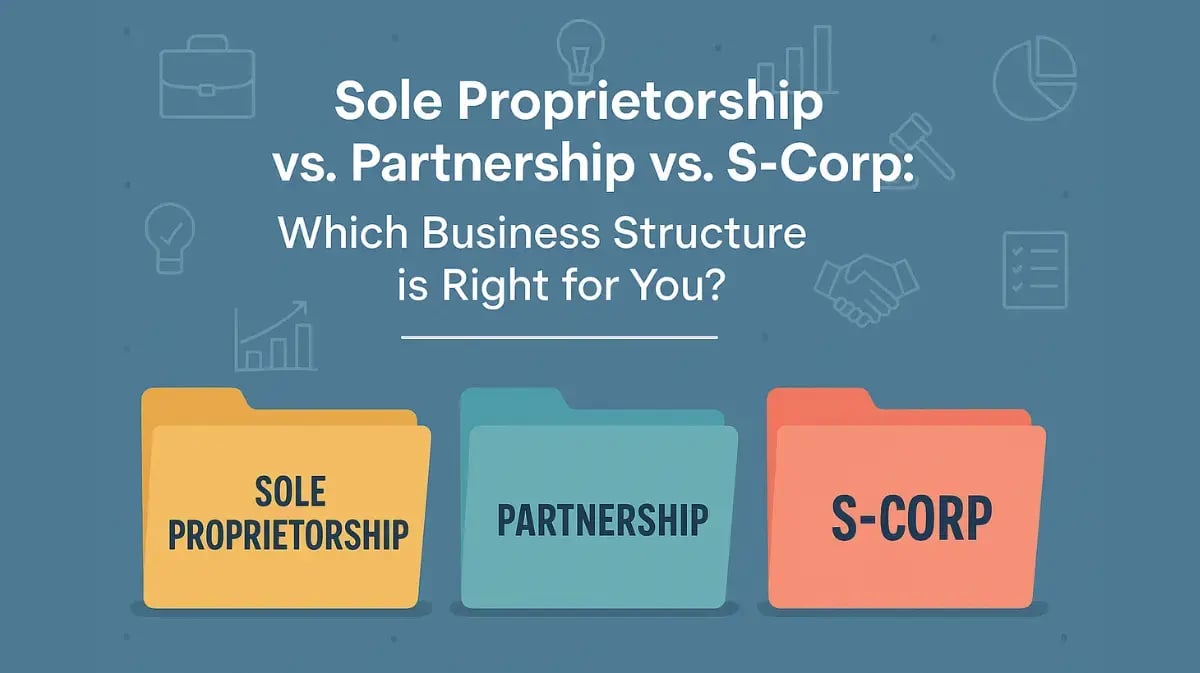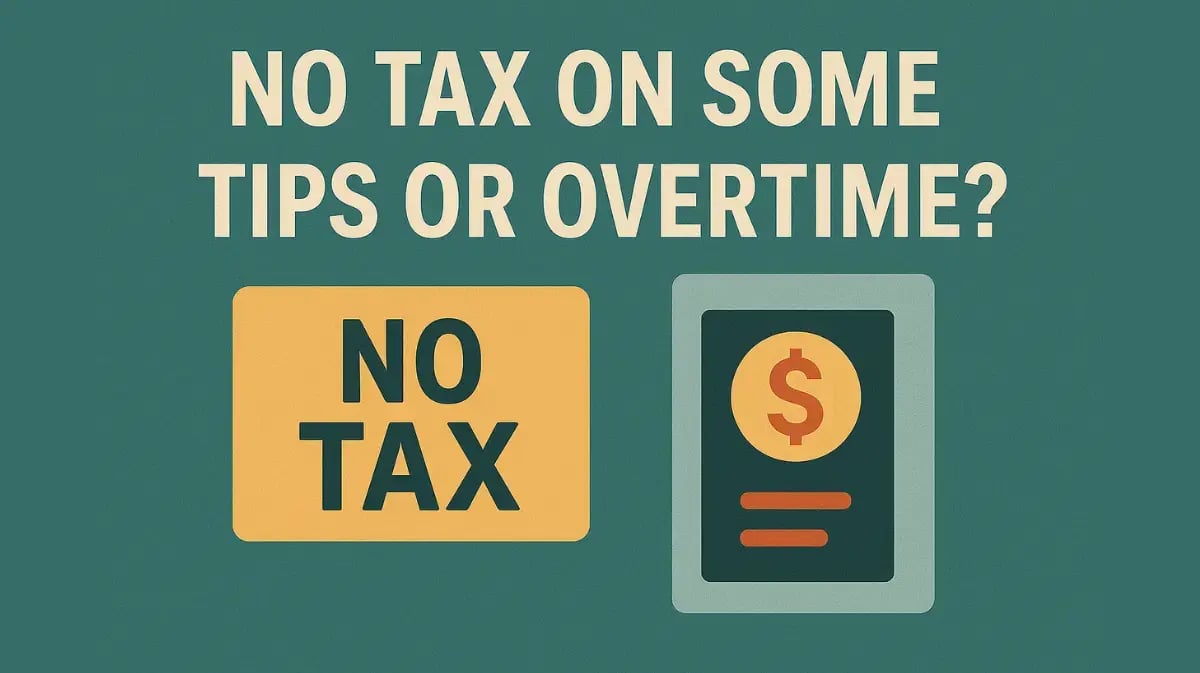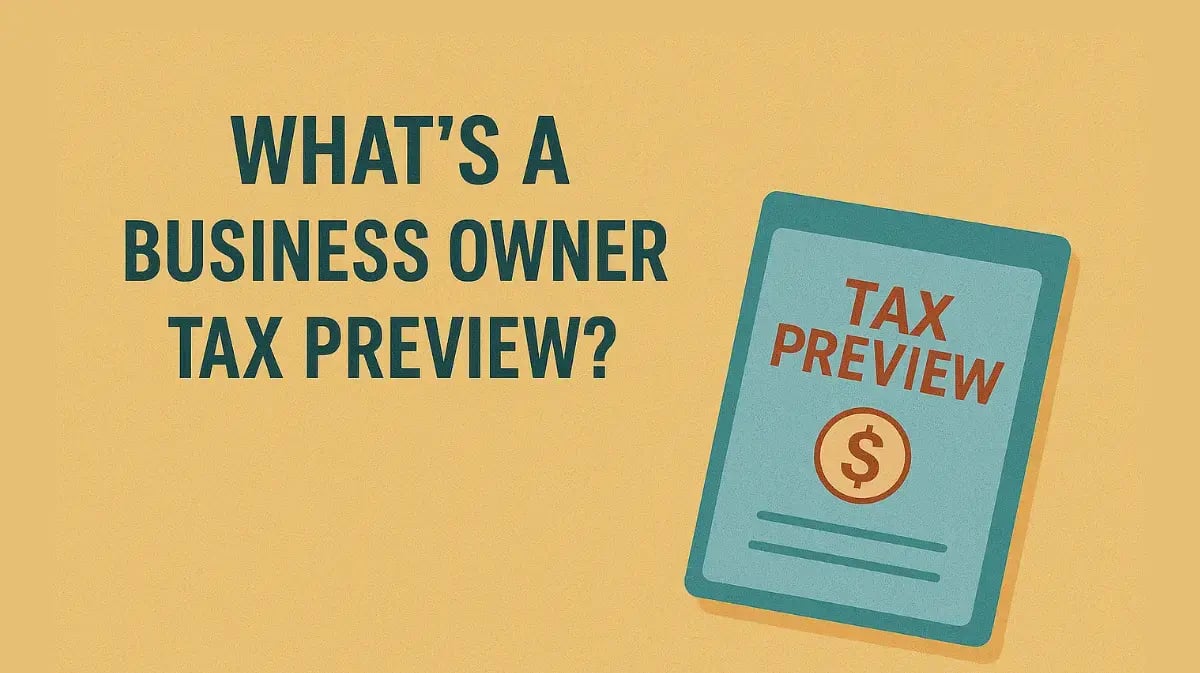How to Handle a Large Tax Bill as a Small Business Owner
May 7th, 2025
5 min read
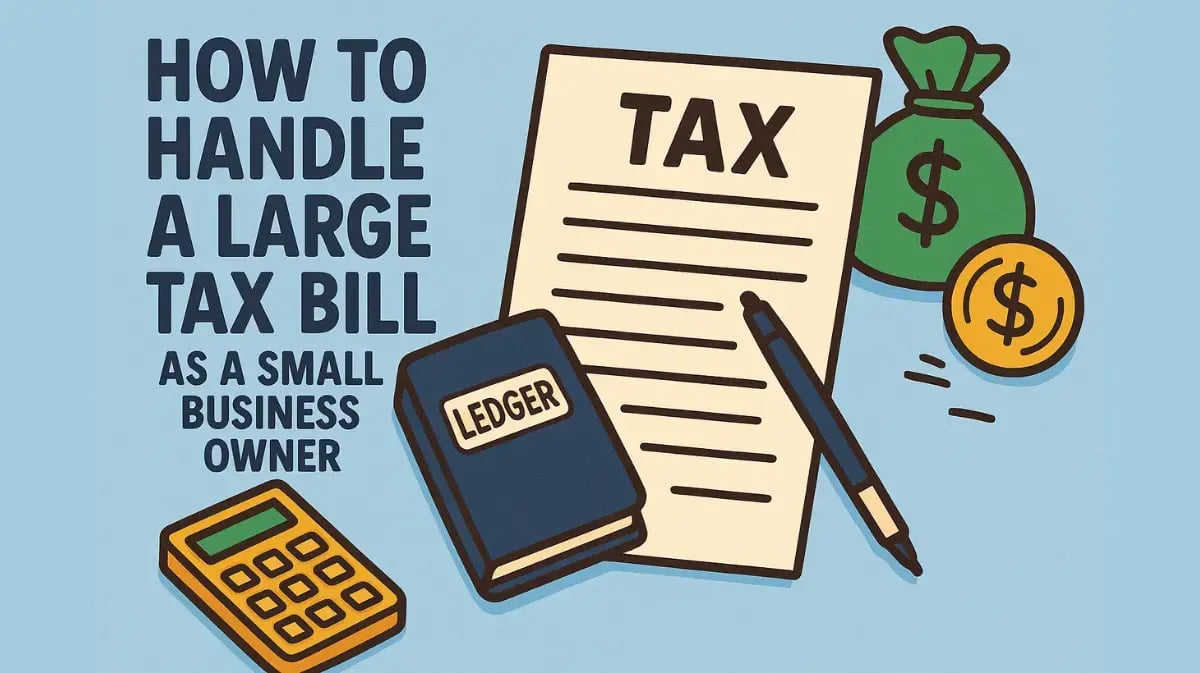
Getting hit with a large tax bill can feel like a punch to the gut, especially when you weren’t expecting it. For small business owners juggling payroll and the daily grind of operations, this kind of financial surprise can trigger stress, frustration, and many questions. How did this happen? Can I pay it off in time? Will the IRS come knocking?
The good news? You’re not alone—and this isn’t the end of the road.
While it’s true that penalties and interest may start to pile up, the IRS offers options to help taxpayers like you get back on track. The key is to act quickly and confidently. With the right steps (and a bit of guidance), you can reduce the damage, regain control over your finances, and—most importantly—avoid finding yourself in the same situation next year.
This guide walks you through what to do if you owe more taxes than you can comfortably pay, how to minimize penalties, and how to build smarter systems for the future. Staying proactive about your tax situation is one of the smartest moves you can make for your business’s long-term health, and we’re here to help every step of the way.
Step 1: Pay What You Can Immediately
Once you know how much you owe, pay as much as you reasonably can right away—even if it’s not the full amount. Every dollar you put toward your balance helps reduce the total interest and penalties that continue to grow daily. The sooner you act, the less damage to your bottom line.
How to Pay:
- Online: Use IRS Direct Pay at irs.gov/payments to make a secure payment directly from your bank account.
- Bank Transfer or Credit Card: The IRS allows payment through major banks and credit card processors (fees may apply).
- Mail-in Check: If you prefer, you can mail a check or money order to the IRS using the address listed on your tax notice.
If You Can’t Pay the Full Amount:
If the full balance is out of reach right now, don’t panic—you’re not the only one in this situation, and the IRS has programs designed to help. Even a partial payment shows you’re making a good-faith effort, which can be important when applying for payment plans or penalty relief. Plus, reducing your balance early lowers the amount of interest you’ll owe in the long run.
Step 2: What if I Have a Penalty?
The IRS charges interest on unpaid taxes, and that rate is adjusted quarterly. It typically falls between 3% and 5% annually, but it can change based on market conditions. In addition to interest, you may also face an underpayment penalty, which is calculated based on the difference between what you paid and what you should have paid.
The longer your tax bill goes unpaid, the more interest and penalties will accumulate—so it pays to get back on track as soon as possible.
Step 3: Set Up a Payment Plan (If Needed)
If you’re unable to pay the full amount, the IRS offers payment plan options. These options can give you the breathing room you need without putting your business at risk. Just be sure to communicate with the IRS rather than ignore the problem—taking action is always better than waiting.
Short-Term Payment Plan (Under 180 Days)
- No setup fee
- You’ll still incur interest and penalties until the balance is paid in full
- *Note: Only individual taxpayers can apply for a short-term payment plan online.
Long-Term Installment Agreement (Monthly)
- Option 1
- Pay through Direct Debit
- $22 setup fee online ($107 by phone, mail, or in-person)
- Monthly payments
- Interest and penalties will still accrue until the balance is paid
- Option 2
- After applying for a long-term payment plan, make monthly payments from checking/savings, electronically online or by phone using Electronic Federal Tax Payment System (EFTPS), or by check, money order, or debit/credit card
- $69 online setup ($178 if by phone, mail, or in-person)
- Interest and penalties will still accrue until the balance is paid
You can apply for a payment plan online at the IRS website.
Step 4: Request a Penalty Waiver (If Applicable)
In some cases, you can ask the IRS to waive penalties, especially if this is your first time missing a payment or if there were circumstances beyond your control. The IRS offers something called First-Time Penalty Abatement, which may allow you to avoid penalties if you’ve been compliant in prior years.
First-Time Penalty Relief
If you’ve been in good standing and this is your first missed payment, the IRS may waive the penalty under its First-Time Penalty Abatement policy. This relief is available to qualifying businesses and individuals with a clean compliance history, meaning you've filed and paid on time for the past three years.
It's not automatic, so you’ll need to formally request it, but in many cases, it’s well worth the effort.
Reasonable Cause Relief
You may qualify for penalty relief if the missed payment was due to circumstances beyond your control, such as:
- Natural disaster
- Serious illness or injury
- Death of an immediate family member
- Delayed information on a new law from the IRS
To request penalty relief, file Form 843 (Claim for Refund and Request for Abatement). Be prepared to provide documentation that supports your claim. While interest usually can’t be waived, getting relief from penalties can significantly reduce the amount you owe and help you get back on track faster.
Plan For the Future
If you’re self-employed or own a small business, you may be required to pay estimated taxes to the IRS and state four times a year. Unlike traditional employees who have taxes withheld from each paycheck, business owners may need to calculate and handle these payments on their own. That means setting aside enough to cover income tax, self-employment tax (which includes Social Security and Medicare), and possibly state and local taxes.
Why Does the IRS Require Quarterly Payments?
The IRS follows a "pay-as-you-go" system, meaning you’re expected to pay taxes as you earn income, not just at the end of the year. If you skip quarterly payments, the IRS treats it as an underpayment, even if you eventually pay the full amount when you file your annual return.
To avoid penalties and interest, you may need to estimate your income and make payments throughout the year. This approach mirrors how employers withhold taxes from an employee’s paycheck. Falling behind on quarterly payments may lead to late fees and interest charges, even if you catch up later, so it’s crucial to stay on top of your payment schedule.
The IRS’s quarterly due dates are:
- Q1: April 15
- Q2: June 15
- Q3: September 15
- Q4: January 15 (of the following year)
A little preparation now can save you time, money, and peace of mind down the road.
- Set Calendar Reminders – Start by setting calendar reminders on each quarterly deadline so you know when they are approaching.
- Automate Payments – Use IRS Direct Pay or your bank’s online bill payment system to schedule automatic payments.
Better yet, work with an accountant or bookkeeping service (like TMA Accounting) to help estimate your quarterly payments and keep you organized year-round. When you have a system and support you trust, staying compliant becomes a whole lot easier.
Take Control of Your Taxes
Owing a large tax bill can feel overwhelming, but it doesn’t have to derail your business. What matters now is how you move forward. By taking swift action, calculating what you owe (including any penalties), and setting up a payment plan if needed, you can correct course and reduce the long-term impact.
Use this experience as a learning opportunity to build better systems, stay organized, and create habits that support your financial success. The IRS may seem intimidating, but with the right steps and support, you can stay in control of your tax situation and focus on growing your business.
At TMA Accounting, we specialize in helping small business owners take the guesswork out of taxes.
Need help with your bookkeeping or tax needs? Let’s chat today!
Blog Disclaimer: Nothing in this post constitutes legal, tax, or financial advice and is intended for informational and educational purposes only. This informational and educational material is not intended, and must not be taken, as legal, tax, or financial advice on any particular set of facts or circumstances or as recommendations that are suitable for any specific person. You need to contact a lawyer, accountant, or financial adviser licensed in your jurisdiction for advice on your specific questions, issues, and concerns. View our full Terms of Use here.








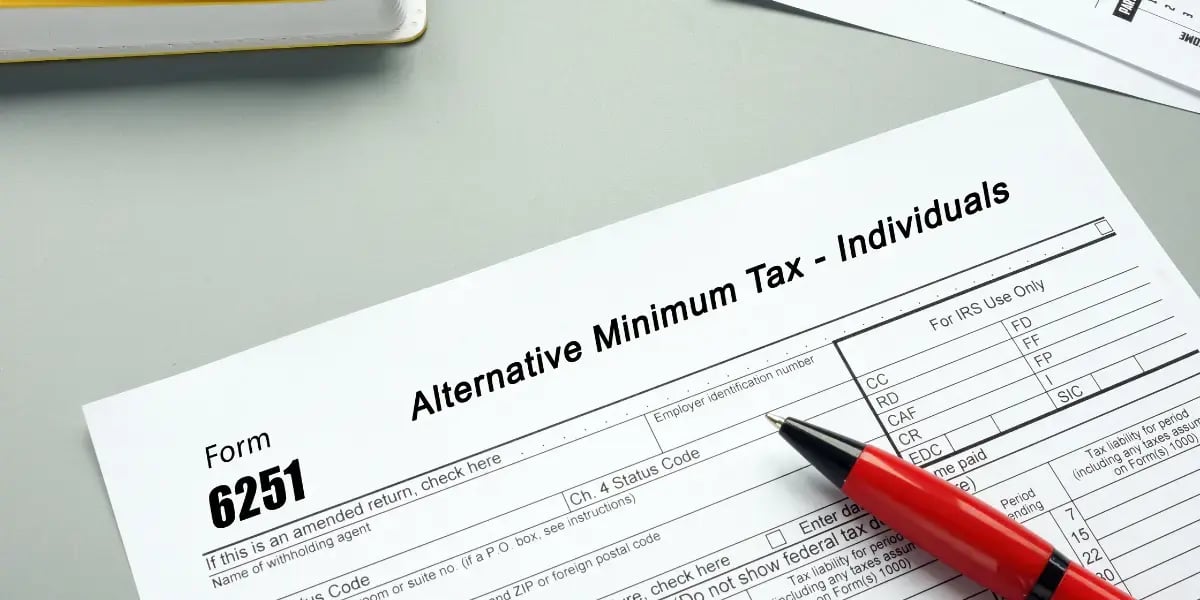


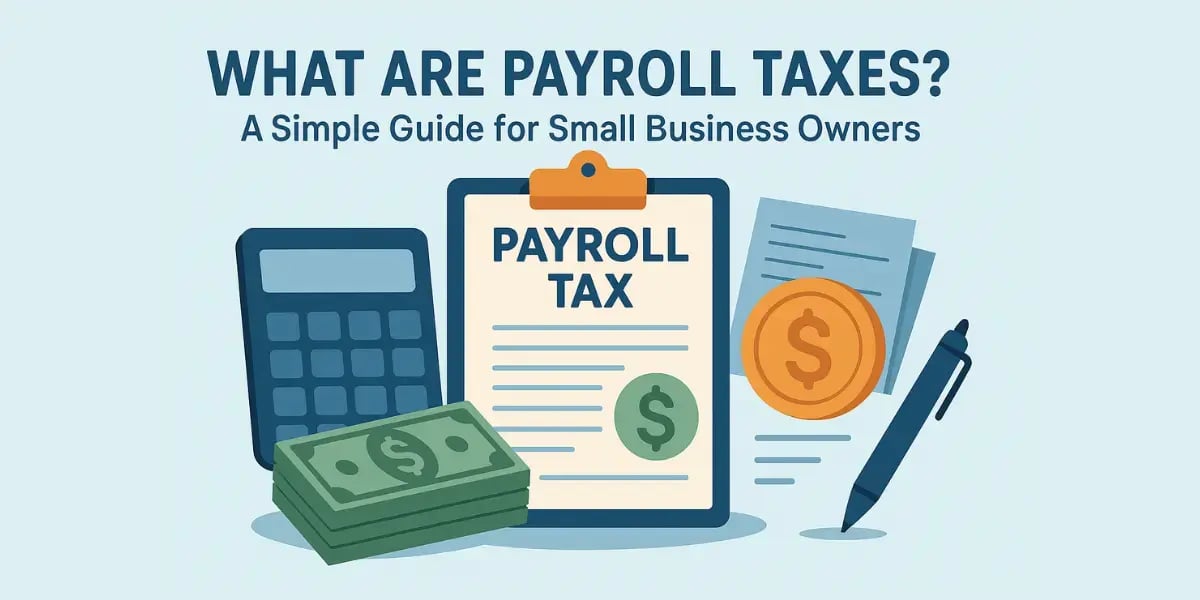


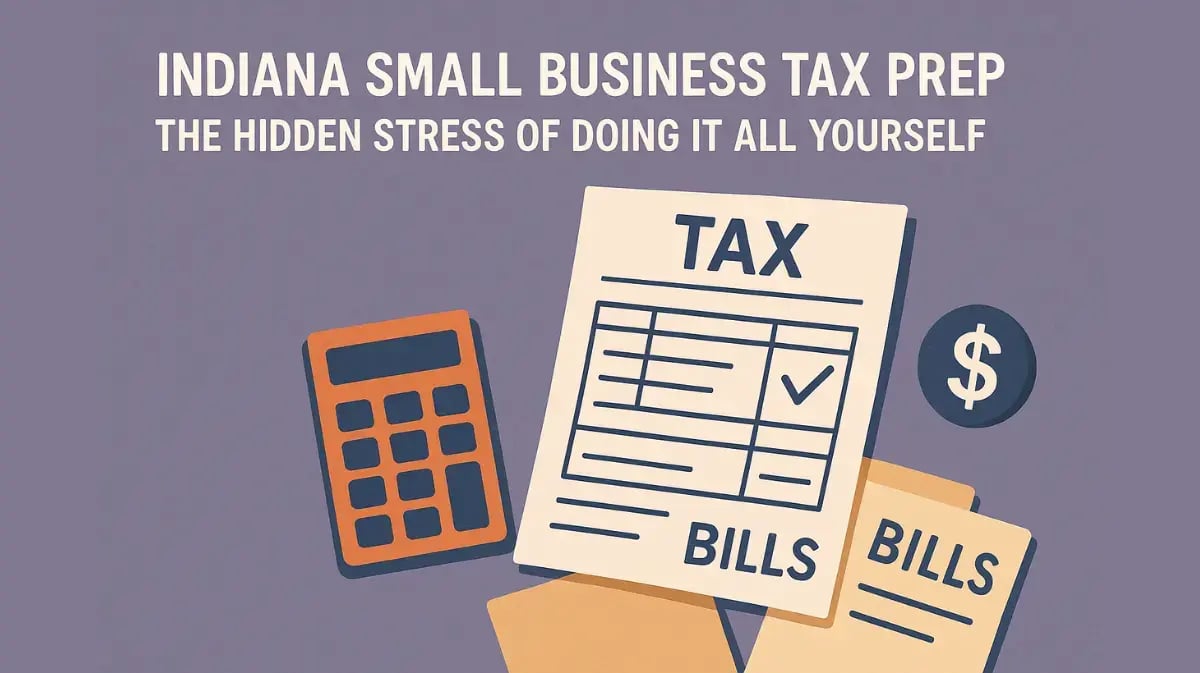


%20Early.webp?width=1200&height=673&name=5%20Consequences%20of%20Withdrawing%20from%20a%20401(k)%20Early.webp)
